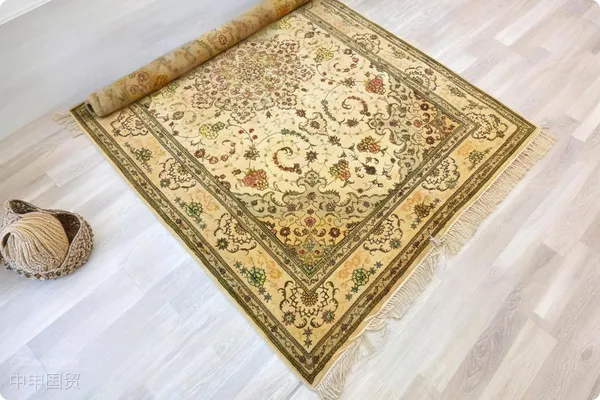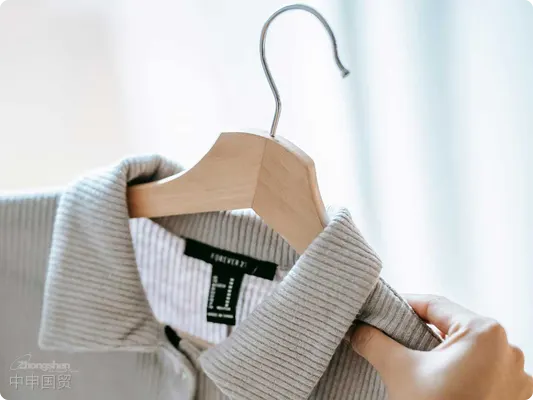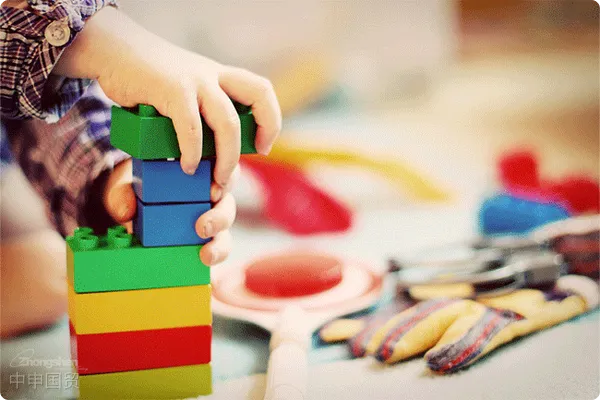- Shanghai Zhongshen International Trade Co., Ltd. - Two decades of trade agency expertise.
- Service Hotline: 139 1787 2118

In the global trade landscape, exporting lighting fixtures to Russia represents a business sector with significant potential but also numerous challenges.
I. Market Potential
As a vast country with a large population, Russia exhibits diverse characteristics in its demand for lighting fixtures. Its massive urban construction and infrastructure improvement projects continue to advance, creating sustained demand for various lighting fixtures in new residential, commercial, and public facilities. From modern minimalist chandeliers for stylish urban apartments to highly functional streetlights illuminating city avenues, from warm wall lamps accentuating home corners to bright industrial lighting fixtures serving factory workshops - the lighting market encompasses extremely broad segments.
Russias climatic conditions also influence lighting demand to some extent. During long winters with short daylight hours, there are higher requirements for the brightness and quality of indoor lighting fixtures, such as desk lamps and living room lights that provide sufficient illumination while being eye-friendly, meeting the needs of prolonged indoor activities. Moreover, with rising living standards in Russia, theres growing interest in design-oriented and smart lighting solutions, such as intelligent fixtures controllable via mobile apps that can adjust color and brightness for different scenarios.
II. Trade Policies and Regulations
However, to successfully export lighting fixtures to Russia, it is essential to familiarize oneself with local trade policies and regulations. Russia has a stringent product certification system. For instance, lighting products may require GOST-R certification, which covers multiple standard requirements including safety and electromagnetic compatibility. Only lighting products that obtain relevant certifications can be legally sold in the Russian market. This necessitates export enterprises to strictly control product quality during production to ensure compliance with Russian standards.
Additionally, tariff policies are a critical factor affecting export costs and competitiveness. Russia may impose varying tariff rates on different types of lighting fixtures. Enterprises must closely monitor tariff adjustments and strategically plan the types and pricing of export products to mitigate the impact of tariff changes. In customs declaration procedures, accurate document preparation and filing are crucial, as even minor errors can lead to cargo delays, increasing unnecessary costs and delivery time.
Cultural and Aesthetic Differences
When exporting lighting fixtures to Russia, cultural and aesthetic differences cannot be overlooked. Russia has a unique cultural tradition and artistic style, which is reflected in the design and selection of lighting fixtures. For example, traditional Russian architecture tends to be grand and ornate. In the restoration of historically significant buildings or the construction of new buildings with Russian characteristics, there may be a preference for classical-style, highly decorative lighting fixtures, such as chandeliers or wall lamps with intricate carvings and complex patterns.
In terms of color preferences, Russians have a particular fondness for rich colors such as gold and red. Incorporating these colors into lighting designs may enhance product appeal in the local market. Understanding these cultural and aesthetic differences can help export enterprises better adjust product designs and marketing strategies to develop lighting products that better meet the demands of the Russian market.
IV. Logistics and Transportation
Logistics and transportation are another critical aspect of exporting lighting fixtures to Russia. Russias vast territory and long transportation distances impose high requirements on the packaging of lighting fixtures. As fragile items, lighting fixtures must be protected from damage caused by bumps and collisions during long-distance transportation. The use of appropriate packaging materials, such as foam or air cushions, for cushioning is essential.
At the same time, selecting reliable logistics partners is crucial. Due to harsh climates and poor road conditions in some regions of Russia, logistics and transportation may face numerous uncertainties. Enterprises must consider factors such as logistics timeliness, costs, and service quality. Additionally, during transportation, attention must be paid to cargo insurance to address potential unexpected situations and reduce the risk of losses for the enterprise.
Exporting lighting fixtures to Russia presents both broad market prospects and numerous challenges. Enterprises can only secure a share in this potentially huge market and achieve sustainable development in their lighting export business by gaining an in-depth understanding of Russian market demands, regulatory policies, cultural aesthetics, and resolving logistics and transportation issues.
Related Recommendations
? 2025. All Rights Reserved. Shanghai ICP No. 2023007705-2  PSB Record: Shanghai No.31011502009912
PSB Record: Shanghai No.31011502009912










